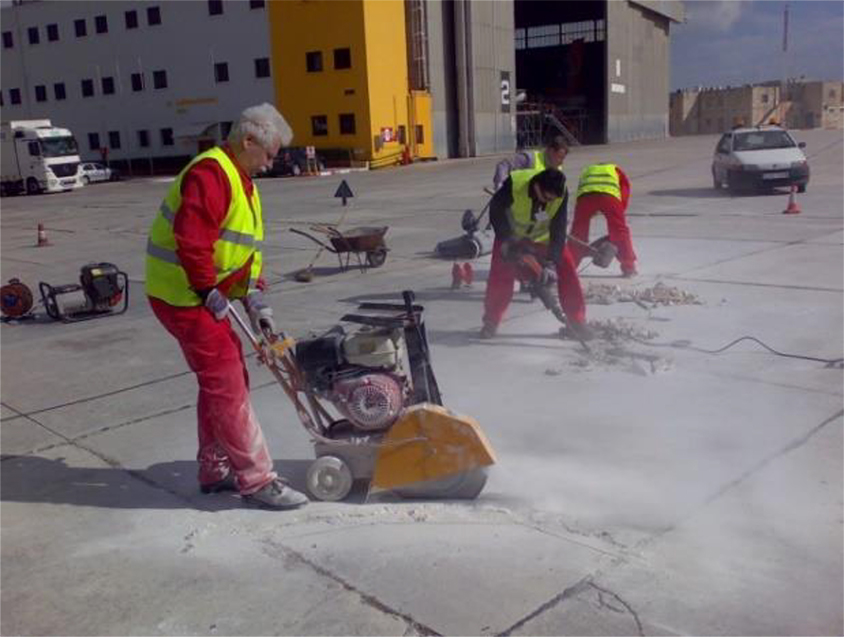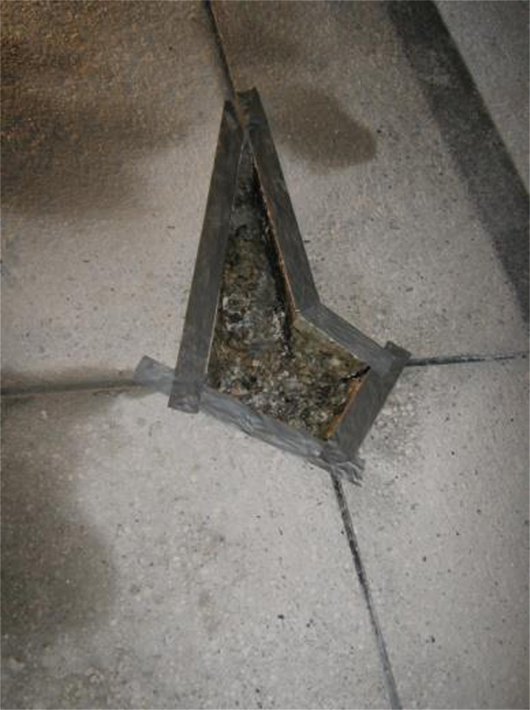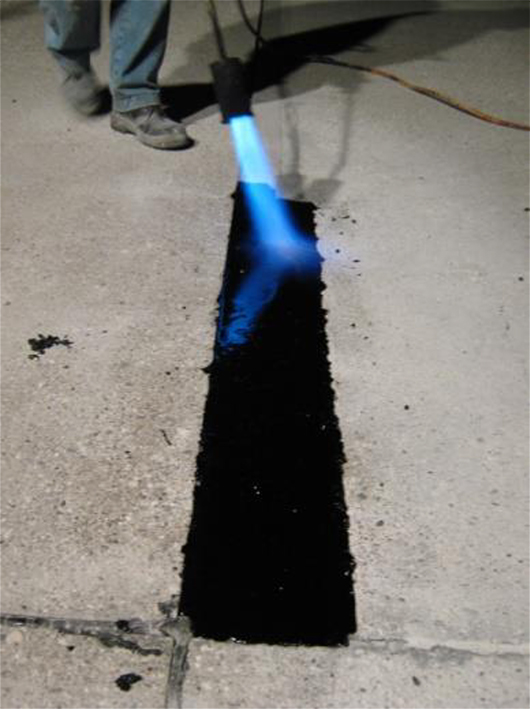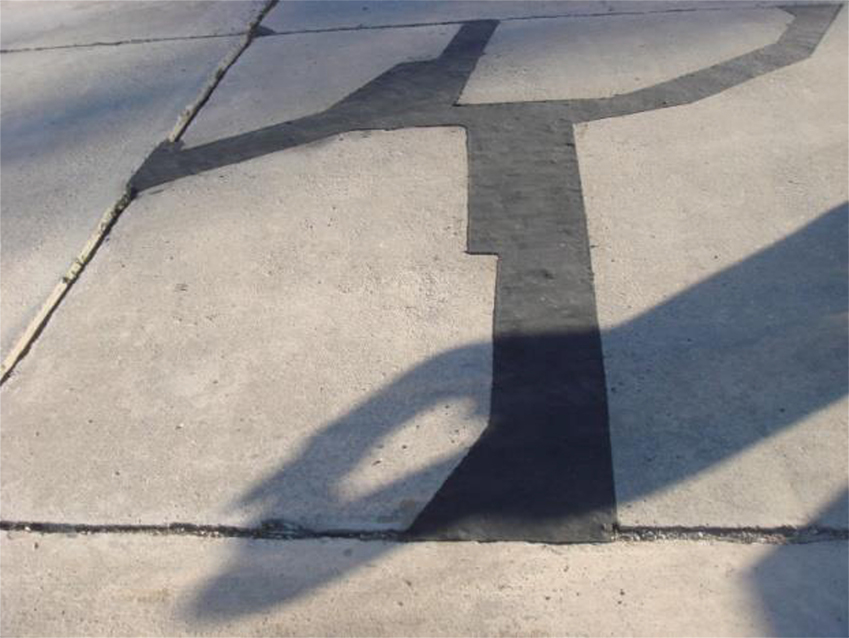Crafco® PolyPatch products are hot-applied, pourable, self-adhesive patching materials used for preservation, maintenance and repair of asphalt and portland cement concrete pavements and bridge deck surfaces. PolyPatch products are composed of highly polymer modified asphalt binder and durable construction aggregate. These products are formulated for distresses larger than those typically repaired by crack or joint sealing, but smaller than those requiring remove and replace patching procedures. The unique design features of PolyPatch products produce materials which are adhesive, flexible, and resistant to vehicle loadings.
PolyPatch products are supplied in solid form in packages containing pre-measured binder and aggregate. To use, the binder and aggregate are added to an appropriate melter and then heated while mixing to application temperature. Heated product is then poured from the melter onto the prepared pavement section, leveled with the surface and allowed to cool and solidify prior to opening to traffic. One of the most important feature is the VOC (void of content) = 0 g/l.
PolyPatch products form well bonded, flexible, load-resistant, long lasting repairs for many types of distresses in asphalt concrete and portland cement concrete pavements and bridge decks. Typical uses include filling wide cracks and joints, filling potholes, leveling depressed thermal cracks, repairing deteriorated longitudinal joints, skin patching, pretreatment of fatigue cracked areas prior to surface treatments, repairs prior to surface treatments, leveling manhole covers and bridge deck approaches, and filling spalls, popouts, and corner breaks. PolyPatch is generally used for installations over 5cm deep. In case of installations over 10 cm deep, it can be bulked adding aggregates.
The technique consists of the following steps:
Square off the area to be patched, including all underlying deterioration;
Remove all broken concrete and clean the area;
Heat the boundaries and the bottom part of the area;
Apply the primer with a brush;
Fill with Polypatch a 180/190° C laying consecutive layers having 20-30 mm of thickness;
Level the surface manually.
 |
 |
 |
 |
